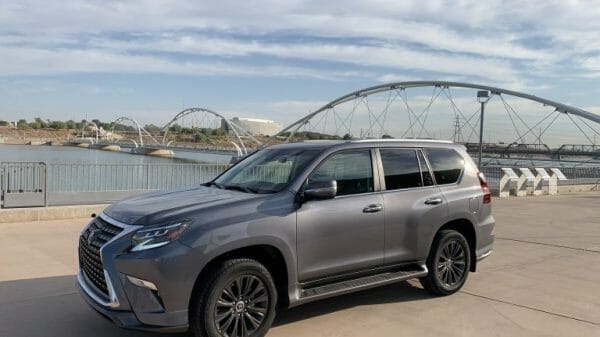It’s natural to see car prices go up over time due to advancements in technology, design, and safety features. Nowadays, when adjusted for inflation, the prices on the window stickers of cars are considerably higher compared to twenty years ago. However, it’s not as straightforward as just these factors to explain the recent surge in new car prices.
According to the U.S. Bureau of Labor Statistics’ Consumer Price Index Summary, transaction prices – the actual amount people paid for their cars – rose by more than 12.2% for new cars in January 2022 compared to the previous year! Such a significant increase can’t be solely attributed to technological progress. The reality is a lot more complex. Let’s delve into the reasons why consumers are finding it harder than ever to make ends meet when buying a new vehicle.
The Impact of the COVID-19 Pandemic
The rapid pace of technological progress has also played a role in driving up car prices. Modern cars are more robust, safer, and fuel-efficient, thanks to the use of advanced materials like high-grade steel. They are also packed with a wide range of features, from gesture control and advanced driver assistance systems to 360-degree cameras and power-operated liftgates.
Even the most basic car models come loaded with tech features that align with the average consumer’s expectations of a secure and comfortable drive. But, all these advancements come at a cost – a cost that is reflected in the final price tag of the vehicle.
Image Source: Prostock-studio / Shutterstock












